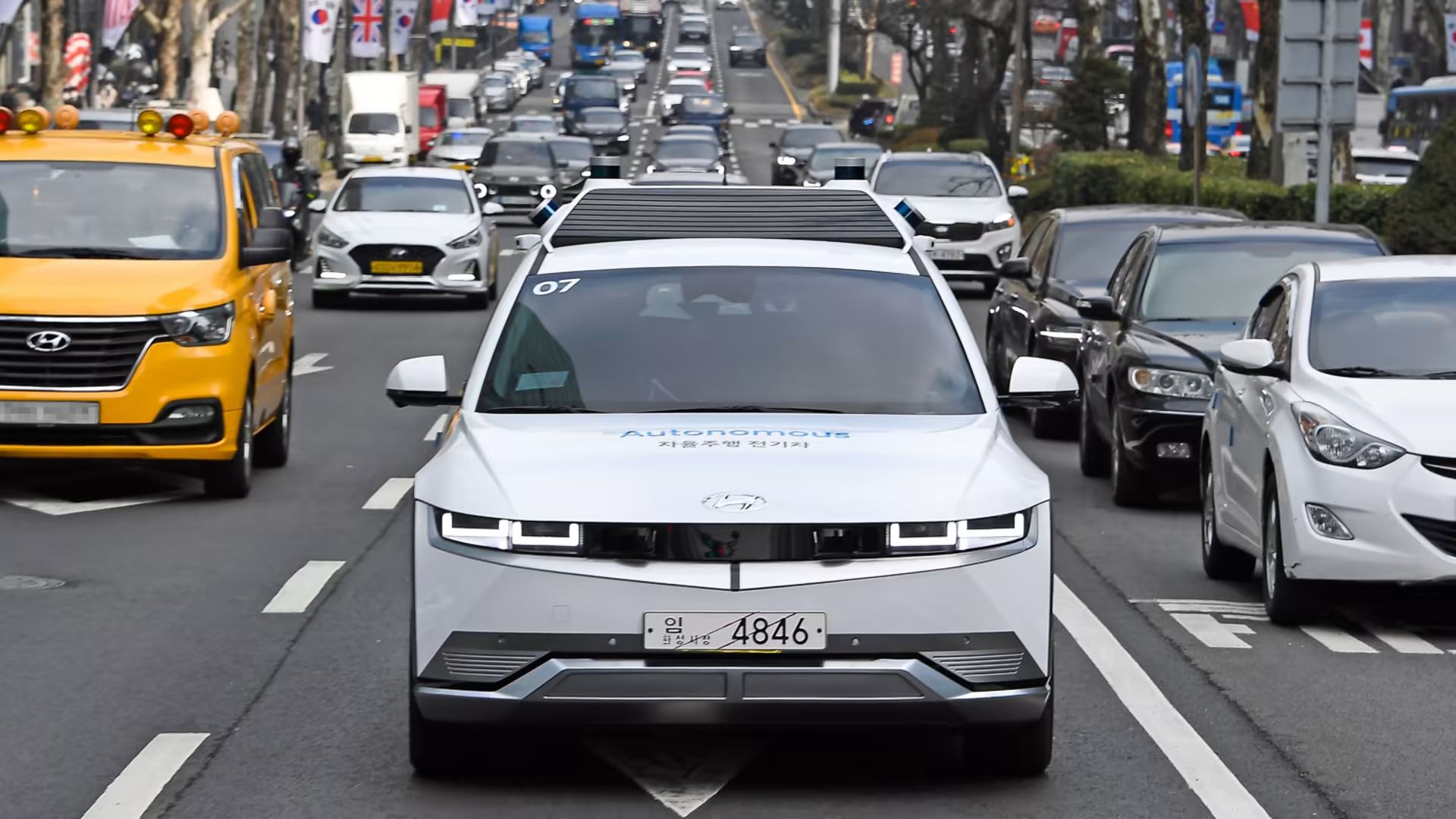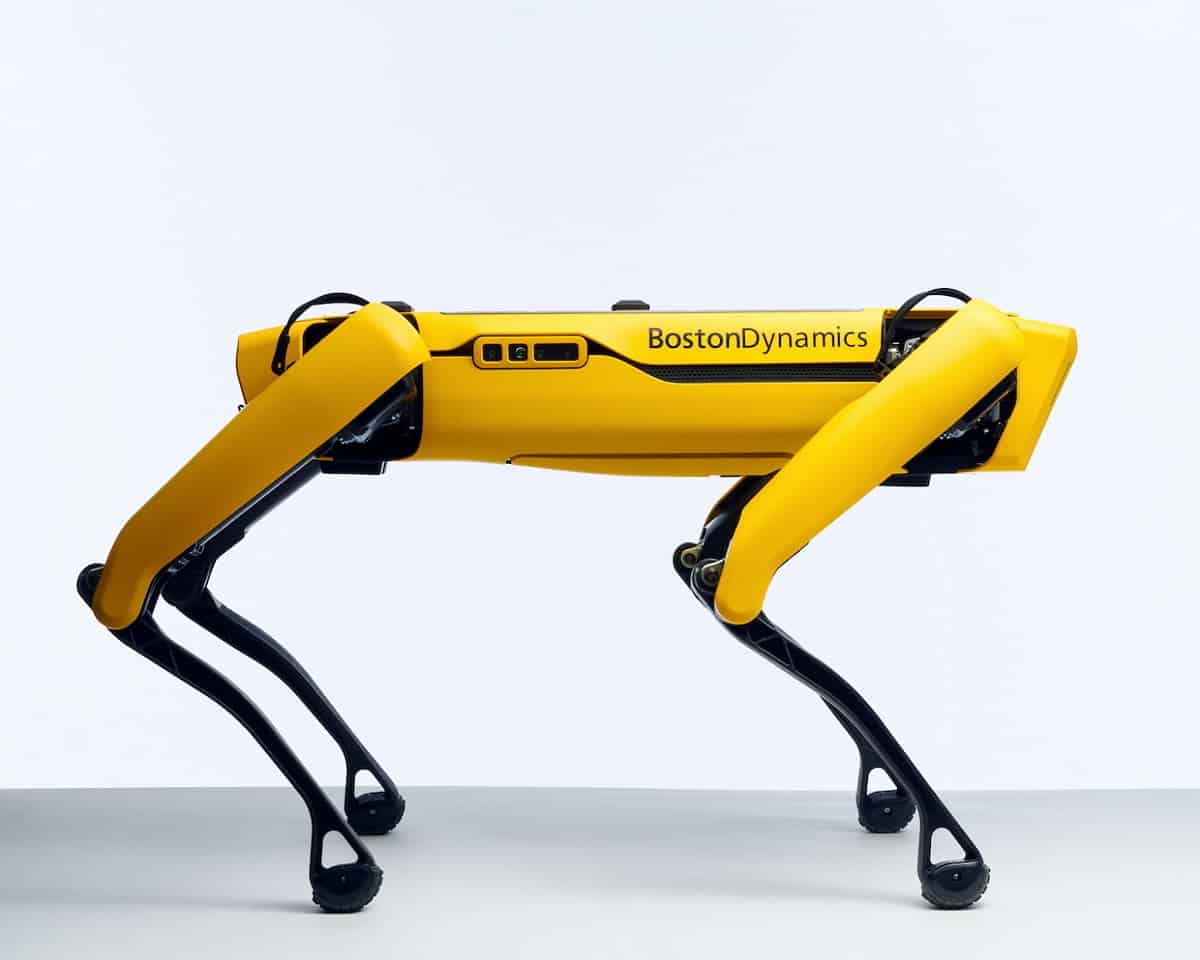China has recently made significant strides in the field of autonomous driving by releasing new guidelines for autonomous vehicle (AV) services such as robotaxis, self-driving trucks, and robobuses. The Chinese Ministry of Transport introduced these trial guidelines, which have been highly anticipated since the department initiated the process of seeking public opinions on the regulatory framework about 16 months ago. This move aims to remove regulatory ambiguity and provide industry players with the freedom to test this nascent technology.
Key Takeaway
The Chinese Ministry of Transport has unveiled new guidelines for autonomous vehicle services, emphasizing the need for safety operators, in-car recordings, and real-time data transmission in the event of accidents. These guidelines mark a significant step in the development and regulation of autonomous driving technology in China.
Decentralized Policy Making
Prior to the nationwide guidelines, local governments in China had been formulating their own rules for AV service providers, leading to a more decentralized approach to policy making. Tech hubs like Beijing, Shenzhen, and Guangzhou had been at the forefront of allowing companies to test AVs with minimal human interference.
Key Contrasts in Guidelines
The new guidelines reveal some interesting contrasts between the perspectives of Chinese and U.S. regulators. For instance, the rules stipulate that AVs, regardless of their level of automation, can only operate within designated areas. This includes specific restrictions for different types of AVs, such as autonomous buses, robotaxis, and robobuses.
Emphasis on Safety Operators and Recordings
The guidelines also specify the requirements for safety operators at various degrees of automation. They mandate in-car recordings and the presence of safety operators for certain types of AVs. Additionally, the regulations require AVs to monitor and store the status of the vehicles, while also transmitting essential data in real-time to both the service provider and the relevant local regulatory authorities in the event of accidents.

























